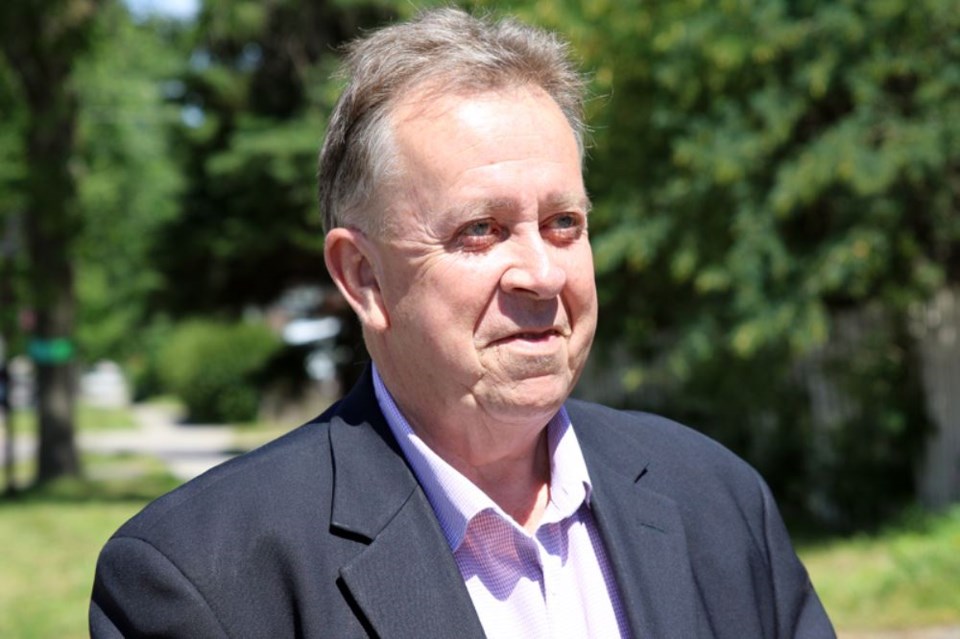THUNDER BAY – Sixteen remote Northwestern Ontario First Nations will be connected to the province’s electricity grid following construction of a historic transmission project announced on Friday.
The Ontario government chose Wataynikaneyap Power LP (Watay Power) to lead the six-year development that will provide energy to 10,000 people who are currently relying on diesel energy.
“It’s considered a top priority by our government. We’ve been speaking for many years now about the need to get as many First Nations as we can off of diesel fuel,” said Minister of Northern Development and Mines, Michael Gravelle.
“Certainly form the point of view of greenhouse gases and cleaner air but also this is going to make a huge difference from an economic and social point of view. I couldn’t be more excited about it.”
Gravelle said the project will save Ontario $1-billion over the next decade due to the higher cost of providing and transporting diesel fuel to remote communities.
He offered the company his blessing in its upcoming application to the Ontario Energy Board that could fast-track the development.
The two-phase project is expected to create 680 jobs. The first phase between 2018 and 2020 will reinforce power lines between Ignace and Pickle Lake.
Phase two will include 1,500 kilometres in new lines to connect communities north of Pickle Lake and Red Lake. The second phase is expected to be completed in 2024.
The Watay Power consortium is 51 per cent owned by 20 remote First Nations, including communities outside the project’s scope, which are being fitted for microgrid energy development.
Company chairwoman Margaret Kenequanash said while Friday’s announcement has been eight years in the making, opportunities to expand the project could come that would include more communities.
“This is a big milestone for our project because it will enable us to move forward to start working on our leave to construct the application and enable us to go through regulatory approvals and community engagement and readiness efforts, which are ongoing already,” she said.
“This will also put us in a position to formalize a funding framework with federal and provincial (governments) and to continue to work toward our timelines that we’ve established.”
